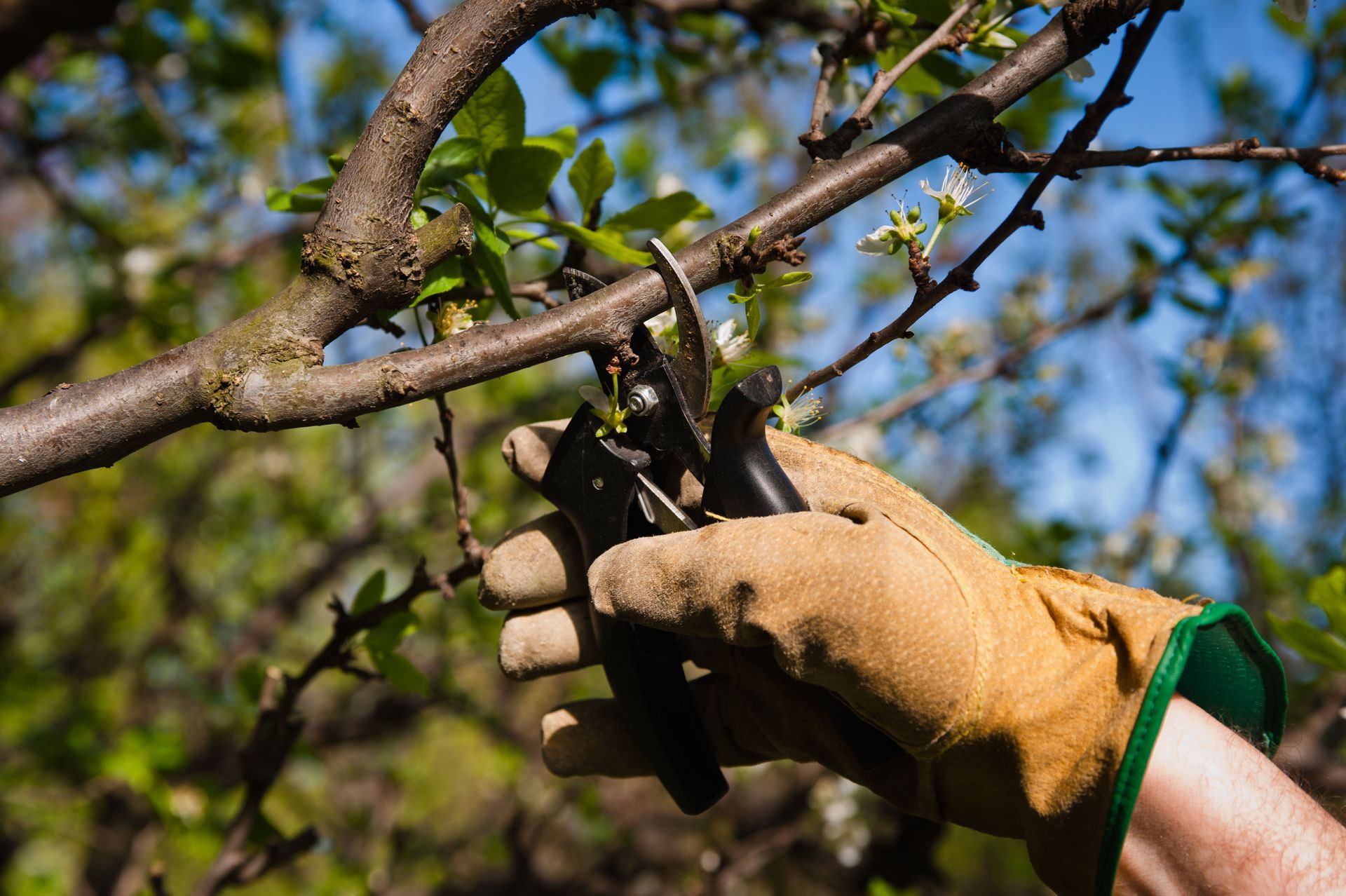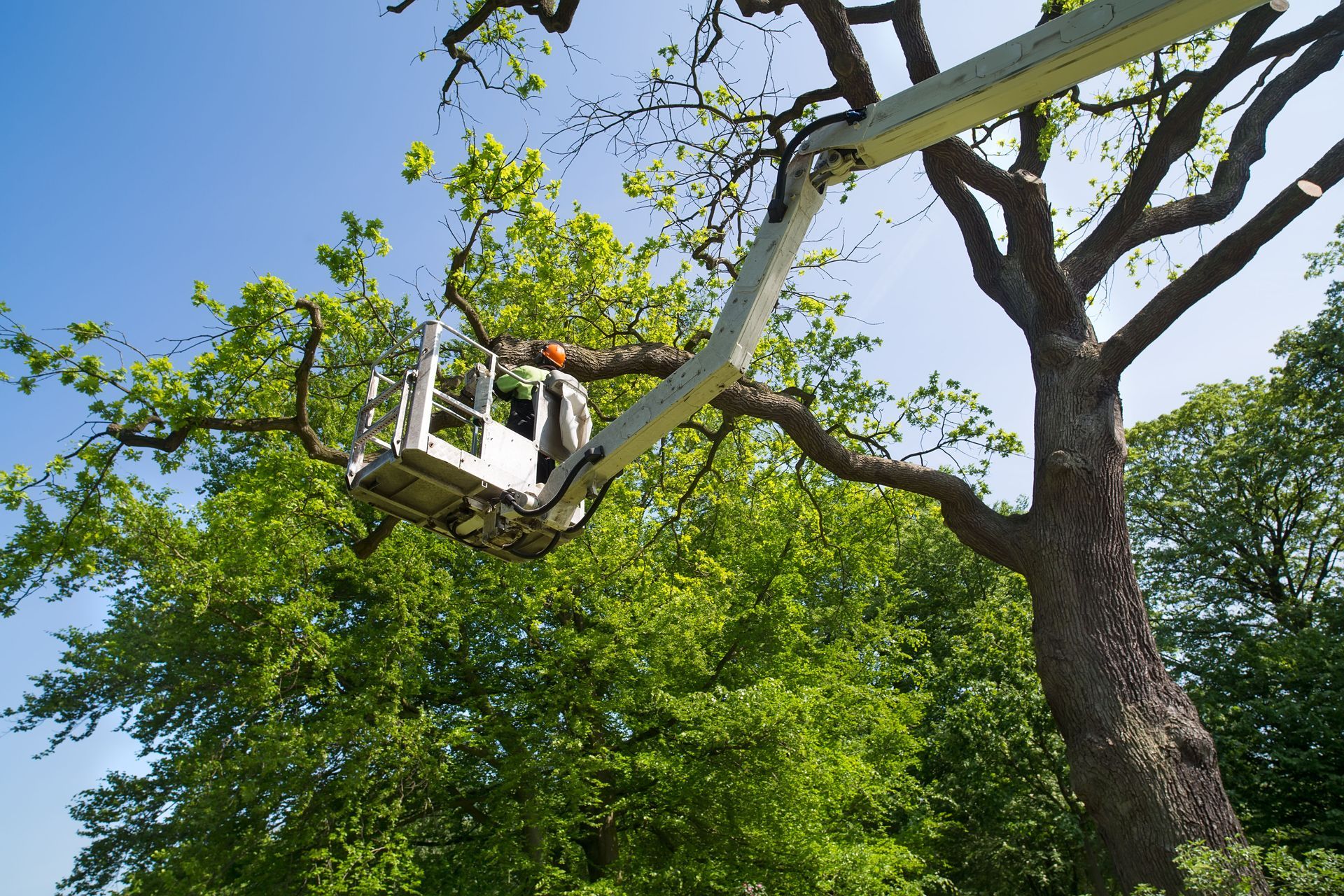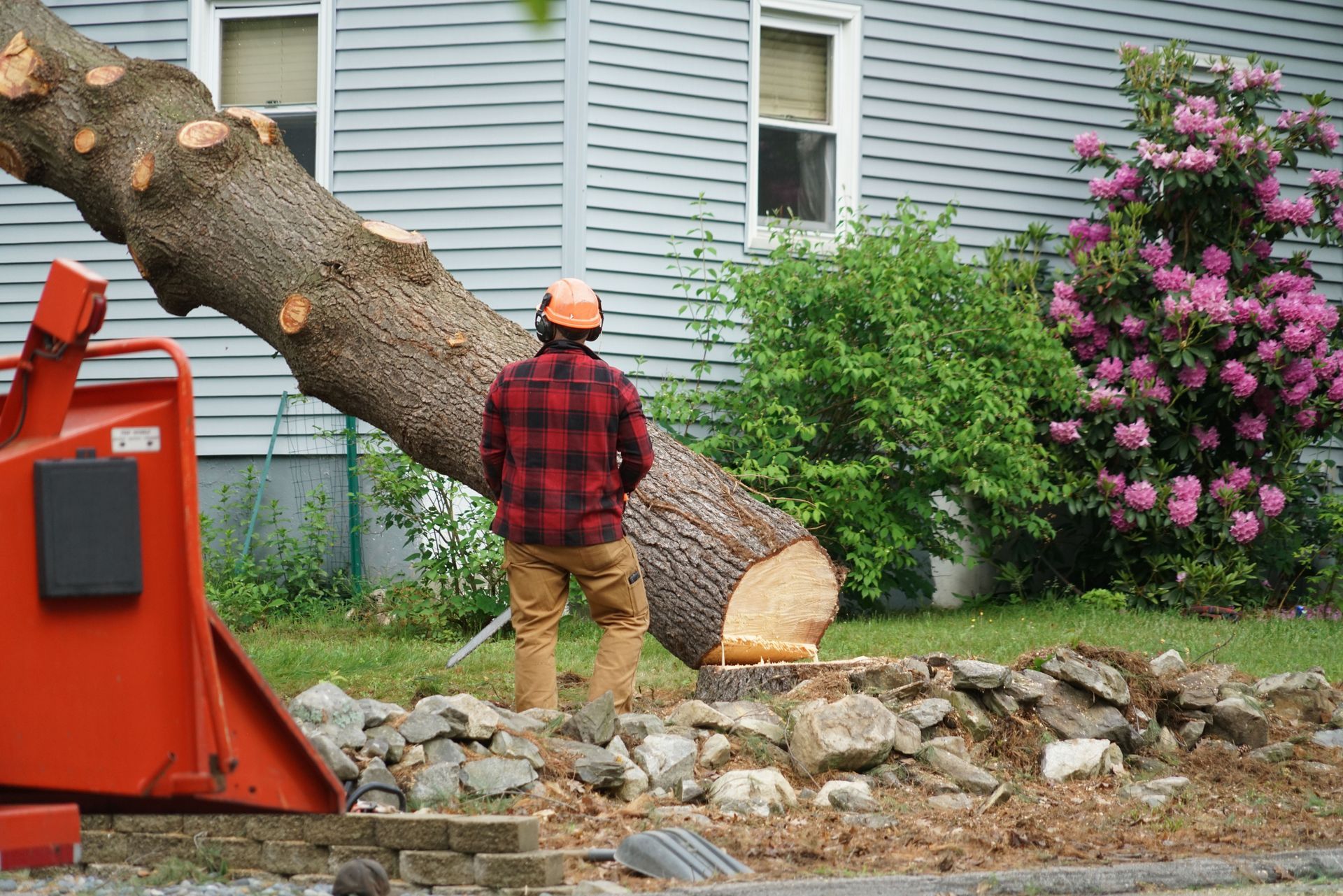Dead Tree Dangers: Why You Need a Tree Remover ASAP
Dead trees pose significant threats to both safety and property. Addressing these dangers promptly can prevent accidents, mitigate property damage, and avoid legal or insurance complications. It's crucial for homeowners and property managers to remove dead trees before they cause harm. Engaging a professional tree remover ensures potential hazards are effectively managed, maintaining a safe and desirable living environment.
Understanding the Risks Posed by Dead Trees
Physical Hazards to People and Property
Dead trees become fragile over time, making them prone to sudden collapse. Falling branches or entire trees can severely damage property or injure individuals nearby. Structures such as houses, fences, and vehicles are at risk of being struck, leading to costly repairs. Even small limbs can cause serious injury. Dead trees close to structures or public spaces increase the likelihood of collateral damage, interrupting services like power and transportation. For example, according to MarketGrowthReports, in the U.S. approximately 2.9 million trees were removed in 2023 due to their proximity to power lines. This highlights the need for proactive tree management and the crucial role of a tree remover in avoiding such hazards.
Additionally, dead trees can tangle with power lines, posing fire and safety risks, particularly during storms. These hazards can disrupt power systems and create dangers for pedestrians and drivers. A professional tree remover can mitigate these risks by quickly removing dead trees, ensuring public safety.
Increased Risk of Pest Infestations
Dead trees attract pests such as termites, beetles, and ants, which can migrate to healthy trees or even buildings. These infestations can lead to costly pest control services and damage to structures. Fungi and other pathogens in decaying trees further attract pests and can spread to surrounding vegetation, damaging entire ecosystems. Larger pests like birds and rodents may also inhabit dead trees, compounding the issue. Engaging a tree remover to eliminate dead trees reduces the risk of pest infestations and protects both landscapes and homes.
Fire Hazards During Dry Seasons
Dead trees are highly flammable, making them significant fire hazards, especially in dry seasons. Their dry wood can easily ignite, contributing to the intensity and spread of wildfires. In areas prone to fires, dead trees can exacerbate the destruction. Removing dead trees before fire season with the help of a tree remover reduces the likelihood of devastating property losses and protects the surrounding environment.
In urban areas, dead trees near buildings present a fire risk, making them a target for removal. Firefighters may struggle to contain fires near dead trees, especially if they are located close to structures. Proactive removal by a tree remover mitigates these risks, ensuring neighborhoods stay safe during fire seasons.
Legal and Insurance Implications
Homeowners are legally responsible for maintaining trees on their property. Neglecting to remove dead trees that cause damage or injury can result in legal action. Many local jurisdictions mandate tree maintenance, and failure to comply can lead to penalties or liability for accidents. In terms of insurance, properties with dead trees may face higher premiums or claim denials due to negligence. Proactively managing tree health by hiring a tree remover can help homeowners avoid financial burdens and legal complications.
Dead trees can also cause damage to neighboring properties or public infrastructure. In such cases, property owners may be held liable for the resulting harm. Engaging a professional tree remover ensures that tree management complies with local regulations and insurance requirements, safeguarding both personal and community interests.
Impact on the Local Ecosystem
Dead trees can disrupt local ecosystems by releasing pathogens and altering nutrient balances. Decomposing trees can change soil pH, affecting the growth of surrounding plants. This can trigger a chain reaction, impacting local wildlife and diminishing biodiversity. While natural processes like tree death play a role in ecosystems, managing dead trees in populated areas is necessary to maintain ecological stability. A tree remover can help preserve biodiversity by removing dead trees before they disrupt the local environment.
On a broader scale, dead trees contribute to greenhouse gas emissions as they release carbon during decomposition. Removing dead trees with the help of a tree remover can limit these emissions, contributing to environmental sustainability. Thoughtful tree management helps mitigate climate change and supports long-term ecological health.
Signs Your Tree Might Be Dead or Dying
Bark Cracks and Peeling
Cracked or peeling bark is often a sign that a tree is dead or dying. This damage can result from extreme temperatures, disease, or injury. Once the bark deteriorates, the tree loses its protection from pests and environmental stresses, leading to further decay. Visible bark damage indicates that a tree may be compromised, and prompt intervention by a tree remover is necessary to prevent it from becoming a hazard.
Lack of Leaves or Abnormal Leaf Loss
Leaves are a crucial indicator of a tree's health. If a tree sheds its leaves prematurely or shows abnormal leaf discoloration, it may be in distress. Disease, pests, and environmental stressors can all contribute to leaf loss. A lack of foliage can also signal that a tree is struggling to absorb nutrients, a sign that it may be dying. Property owners should monitor tree health by checking leaf conditions and seeking professional assessments from a tree remover if they notice unusual patterns.
Fungal Growth at the Base
The presence of fungi at the base of a tree often signals internal decay. Fungi thrive on decomposing wood, and their presence can indicate that the tree is unable to sustain itself. Trees with significant fungal growth should be evaluated by a tree remover to determine the extent of the damage and whether removal is necessary.
Brittle and Weak Branches
Brittle branches are a sign that a tree may be in poor health. Weak branches are more likely to break, posing a risk of injury or property damage. While older trees naturally develop brittle branches, younger trees with weak branches should be assessed for disease or nutrient deficiencies. Pruning or removing weak branches with the help of a tree remover reduces risks and ensures tree health.
Leaning or Unstable Posture
A tree with a pronounced lean may be suffering from root damage or shifting soil. If left unchecked, a leaning tree could fall, especially during storms or high winds. If a tree shows signs of instability, it should be evaluated by a tree remover who can determine whether bracing or removal is needed.
The Economic Consequences of Ignoring Dead Trees
Damage Repair Costs
Ignoring dead trees often leads to costly repairs when branches or entire trees collapse. Damage to homes, vehicles, or other structures can require extensive repairs. Timely removal by a tree remover reduces repair expenses and helps avoid additional costs associated with structural inspections and property damage. Proactive tree care helps homeowners save money in the long run.
Decreased Property Value
Dead trees can significantly impact a property’s market value. Healthy, well-maintained trees enhance curb appeal, while dead trees can create a negative impression. Potential buyers may be deterred by visible tree issues, perceiving the property as neglected. Removing dead trees with the help of a tree remover helps maintain property value and ensures that homes remain competitive in the real estate market.
Increased Insurance Premiums
Insurance providers consider tree conditions when determining coverage costs. Properties with unmanaged dead trees present higher risks, which may result in higher premiums or denial of coverage. Proactively removing dead trees with a tree remover demonstrates responsible property management, which can help reduce insurance costs and improve risk profiles.
Liability for Injuries and Accidents
Dead trees pose a significant liability risk. If a dead tree or its branches cause injury or property damage, the property owner may be held responsible. Taking immediate action to remove dead trees with the help of a tree remover minimizes the risk of accidents and protects homeowners from potential legal and financial repercussions.
Dead trees are not just an eyesore; they present significant risks to safety, property, and the environment. From physical hazards to potential pest infestations, fire dangers, and financial implications, the consequences of ignoring dead trees can be severe. Homeowners and property managers should act swiftly to remove dead trees, ensuring the safety of those around them and protecting their property value. Engaging a professional tree remover is essential for managing these risks and maintaining a healthy, safe, and beautiful landscape. Call TJM Tree Service & Landscape Design.




Share On: